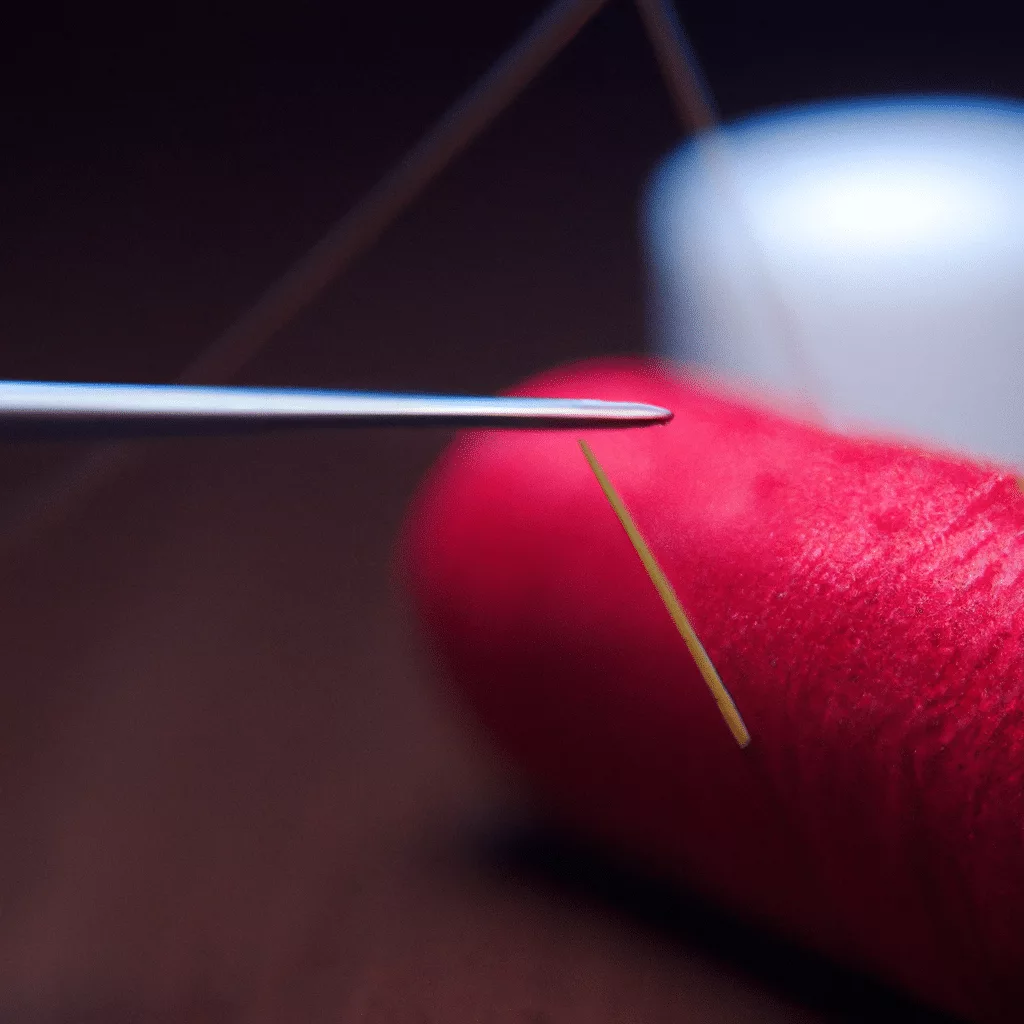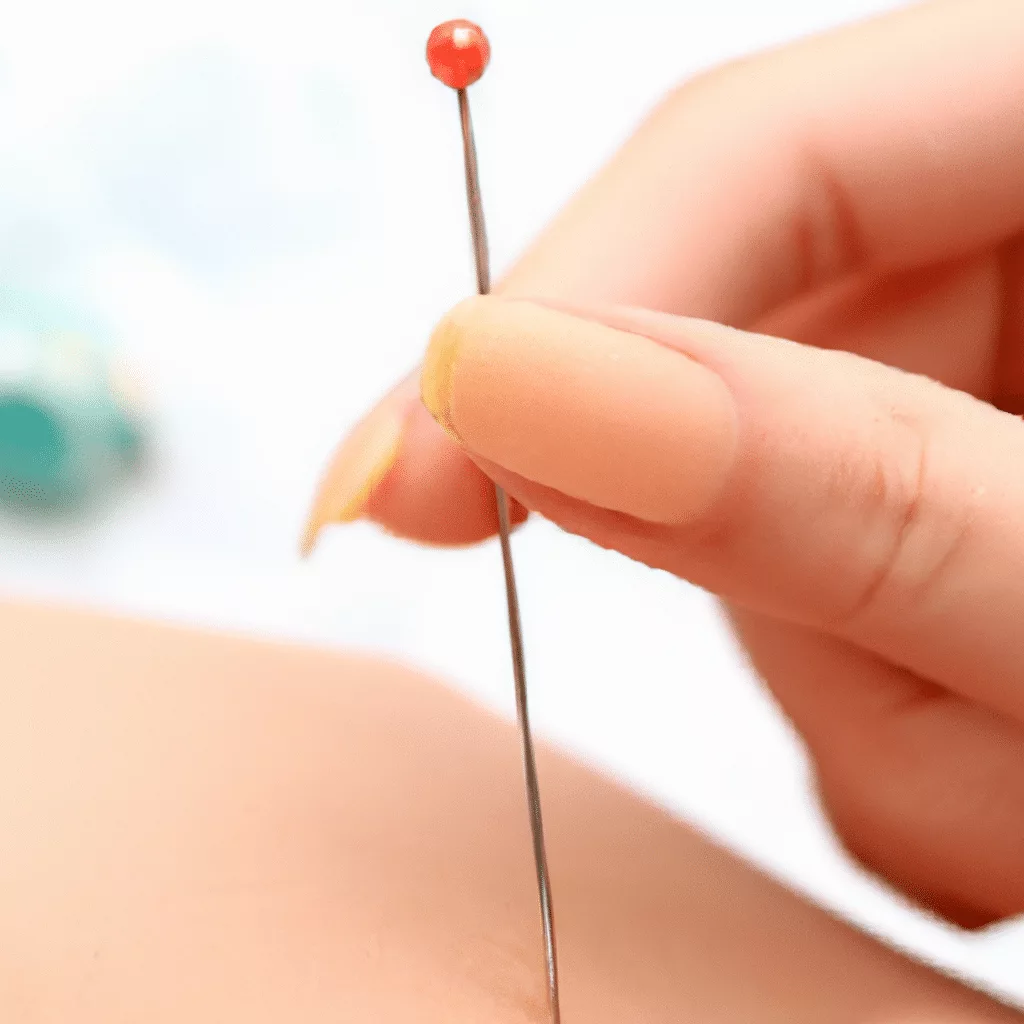
Get ready to embark on a fascinating journey into the world of acupuncture—an ancient art and alternative therapy that has been widely practiced for thousands of years. In this comprehensive guide, we’ll delve into the history, principles, and benefits of acupuncture, exploring its techniques, theories, and potential scientific evidence to support its use. Dissimilar to mainstream Western medicine, acupuncture is part of a broader category of alternative therapies that also includes homeopathy and Ayurveda. So, sit back, relax, and let’s explore this ancient art together!
Ancient Origins of Acupuncture
Early Beginnings in China
Acupuncture, one of the oldest healing practices in the world, originated in ancient China over 3,000 years ago. Its origins can be traced back to the Neolithic Age, where sharpened stones and bones were used to treat various ailments. As time progressed, these early methods evolved into what we now know as acupuncture.
Development and Spread of Acupuncture
Acupuncture gained prominence during the Han Dynasty in China (206 BCE – 220 CE), where it was further developed and refined. The knowledge and techniques surrounding acupuncture were documented in classic Chinese medical texts, such as the Huangdi Neijing (Yellow Emperor’s Inner Canon). The practice eventually spread to neighboring countries, including Korea, Japan, and Vietnam, where it integrated with their respective traditional medicine systems.
Philosophy and Principles of Acupuncture
The Concept of Qi
At the core of acupuncture philosophy lies the concept of Qi (pronounced “chee”), which represents the vital energy that flows through our bodies. Qi flows along pathways called meridians, promoting health and well-being. When Qi becomes blocked or imbalanced, it can lead to illness or discomfort.
The Meridian System
The meridian system is a network of channels that connect different parts of the body, allowing Qi to flow freely. According to acupuncture theory, there are twelve main meridians, each associated with specific organs and functions. By stimulating specific points along these meridians, acupuncture aims to restore the balance of Qi and promote healing.
Yin and Yang
Using the principles of yin and yang, acupuncture strives to achieve balance within the body. Yin and yang are complementary forces that exist in everything. Yin represents darkness, femininity, and coldness, while yang represents light, masculinity, and heat. In acupuncture, an imbalance of yin and yang can manifest as illness, and the aim is to restore equilibrium.
The Five Elements
Acupuncture also utilizes the concept of the Five Elements (Wood, Fire, Earth, Metal, and Water) to understand the interconnections between various organs and emotions. Each element corresponds to certain organs, seasons, and qualities. By assessing the balance of these elements, an acupuncturist can tailor treatments to address specific imbalances in the body.

The Practice of Acupuncture
Preparation and Procedure
Before an acupuncture session, it is essential to find a qualified and licensed acupuncturist. During the initial consultation, the practitioner will assess your medical history, lifestyle, and specific concerns to create an individualized treatment plan. The actual acupuncture procedure involves the insertion of thin needles into specific points on the body, stimulating the flow of Qi.
Acupuncture Needles
Acupuncture needles are slender and flexible, designed to minimize discomfort during insertion. They are typically made of stainless steel and come in various lengths and gauges. Needles are sterile and single-use, ensuring safety and hygiene during treatments.
Acupuncture Points
Acupuncture points, also known as acupoints, are specific locations along the meridians where needles are inserted. There are over 350 recognized acupuncture points, each with its own therapeutic properties. These points are carefully chosen based on the individual’s condition and the desired outcome of the treatment.
Insertion Techniques
Different insertion techniques can be employed during acupuncture treatments. These techniques include traditional needling, in which the needle is inserted and manipulated gently, as well as other modalities such as electroacupuncture, moxibustion, cupping, and acupressure. The technique used depends on the acupuncturist’s judgment and the patient’s needs.
Health Benefits of Acupuncture
Pain Management
One of the most well-known benefits of acupuncture is its effectiveness in managing pain. Acupuncture has been found to be beneficial for various pain conditions, including back pain, migraines, osteoarthritis, and menstrual cramps. The insertion of needles encourages the release of endorphins, natural pain-relieving chemicals in the body.
Stress Reduction and Mental Health
Acupuncture can also help reduce stress and improve mental health. The needles stimulate the production of neurotransmitters such as serotonin and dopamine, promoting relaxation and a sense of well-being. Acupuncture has been found to be effective in alleviating symptoms of anxiety, depression, and post-traumatic stress disorder (PTSD).
Boosting the Immune System
By promoting the flow of Qi and restoring balance in the body, acupuncture can enhance the immune system. Studies have shown that acupuncture can increase the production of white blood cells and boost the body’s defense against infections and illnesses. Regular acupuncture treatments can strengthen the immune system and improve overall health.
Improved Sleep Quality
Acupuncture can also be beneficial for those struggling with sleep disorders. By regulating the body’s energy flow, acupuncture can help rebalance the body’s natural rhythms, promoting better sleep. It has been shown to improve both the quality and duration of sleep, making it a valuable tool for those facing insomnia or sleep disturbances.
Enhancing Fertility
Acupuncture has gained recognition for its potential in enhancing fertility. It can improve blood flow to the reproductive organs, regulate hormonal imbalances, and reduce stress levels, all of which can increase the chances of conception. Many couples turn to acupuncture as a complementary therapy alongside fertility treatments.

Conditions Treatable with Acupuncture
Chronic Pain
Acupuncture is often sought after by individuals dealing with chronic pain conditions such as fibromyalgia, arthritis, neuropathy, and lower back pain. The analgesic effects of acupuncture, combined with its ability to address underlying imbalances, make it an effective option for managing chronic pain.
Headaches and Migraines
Acupuncture has shown promise in providing relief for headaches and migraines. By targeting specific acupuncture points, it can help reduce the frequency and intensity of headaches. Some studies have indicated that acupuncture can be as effective as certain medications in treating migraines.
Digestive Disorders
Acupuncture can offer relief for a range of digestive disorders, including irritable bowel syndrome (IBS), acid reflux, nausea, and constipation. By regulating the digestive system and reducing inflammation, acupuncture can alleviate symptoms and promote better digestive function.
Respiratory Conditions
Individuals with respiratory conditions such as allergies, asthma, and chronic obstructive pulmonary disease (COPD) can benefit from acupuncture. Acupuncture can help reduce inflammation, strengthen the immune system, and improve lung function, leading to better respiratory health.
Allergies
Acupuncture can provide relief for allergy sufferers. By regulating the immune system and reducing inflammation, it can alleviate symptoms such as nasal congestion, sneezing, and itching. Some studies have suggested that acupuncture may be beneficial in reducing the need for allergy medications.
Menstrual and Menopausal Symptoms
Acupuncture has been used for centuries to address menstrual and menopausal symptoms. It can help regulate hormonal imbalances, reduce pain and cramping, alleviate hot flashes, and improve mood swings. Acupuncture offers a natural approach to managing these symptoms without relying solely on medications.
Research and Scientific Evidence
Clinical Trials and Studies
Over the years, numerous clinical trials and studies have been conducted to explore the efficacy of acupuncture. Research has shown positive outcomes in various conditions, including chronic pain, osteoarthritis, migraines, and nausea associated with chemotherapy. While more studies are needed, the existing evidence supports the use of acupuncture in certain contexts.
Mechanisms of Action
The mechanisms behind acupuncture’s effectiveness are not yet fully understood. However, it is believed that acupuncture stimulates the nervous system, promoting the release of neurotransmitters and endorphins. It also promotes blood circulation, reduces inflammation, and modulates immune responses.
Placebo Effect Debate
One ongoing debate surrounding acupuncture is the role of the placebo effect. Critics argue that the positive outcomes observed in acupuncture studies may be attributed to placebo responses rather than the actual treatment itself. However, many studies have incorporated placebo-controlled designs to minimize these effects and have still shown positive results.
Acupuncture and Modern Medicine
Integration into Traditional Healthcare
In recent years, acupuncture has gained recognition in the realm of modern medicine. It is increasingly being integrated into traditional healthcare settings as a complementary therapy. Many hospitals and clinics now offer acupuncture alongside conventional treatments, recognizing its potential benefits and the growing demand for holistic approaches to healthcare.
Collaborative Approaches
Acupuncture practitioners often work collaboratively with other healthcare professionals, including doctors, physical therapists, and psychologists. This collaborative approach allows for a comprehensive and integrative treatment plan, addressing both the physical and psychological aspects of a patient’s health.
Limitations and Challenges
While acupuncture has gained popularity and acceptance, it still faces certain limitations and challenges. One challenge is the lack of standardization in training and licensing requirements for acupuncturists worldwide. Additionally, the availability and insurance coverage for acupuncture treatments can vary depending on the region, making it less accessible for some individuals.
Finding an Acupuncture Practitioner
Qualifications and Credentials
When seeking acupuncture treatment, it is important to choose a qualified and licensed acupuncturist. Acupuncturists should have completed a recognized educational program and obtained the necessary certifications and licenses. Checking their qualifications and credentials can help ensure you receive safe and effective treatment.
Choosing a Practitioner
Finding the right acupuncture practitioner for your needs is crucial. Consider factors such as their experience, specialization, and treatment approach. It can be helpful to read reviews and seek recommendations from trusted sources to make an informed decision.
Initial Consultation and Treatment Plan
During the initial consultation, the acupuncturist will ask about your medical history, lifestyle, and specific health concerns. They will then develop an individualized treatment plan tailored to your needs. The treatment plan may include the frequency and duration of sessions, along with any additional modalities that may be combined with acupuncture.
Safety and Side Effects
Risks and Complications
Acupuncture is generally considered safe when performed by a qualified practitioner. However, there are some potential risks and complications to be aware of. These include bruising, bleeding, fainting, and infection at the needle insertion site. It is important to choose a licensed acupuncturist who follows strict hygiene and safety protocols to minimize any risks.
Sterilization and Hygiene
To ensure safety, acupuncture needles must be sterile and single-use. Reputable acupuncturists adhere to strict sterilization and hygiene practices, including using disposable needles and maintaining a clean treatment environment. If you have any concerns about hygiene, don’t hesitate to ask the practitioner about their procedures.
Safety Guidelines
To ensure a safe and positive acupuncture experience, it is essential to follow safety guidelines. These include informing your acupuncturist about any pre-existing medical conditions or allergies, providing accurate information about medications you are taking, and communicating openly about any discomfort or concerns during the treatment.
Conclusion and Future Potential
Continued Research and Integration
Acupuncture, with its rich historical roots and growing scientific evidence, continues to evolve and hold promise for the future. Continued research into its efficacy, safety, and mechanisms of action will contribute to its integration into mainstream healthcare practices. As more evidence emerges, acupuncture has the potential to become a widely accepted and accessible therapy option.
Promising Areas of Application
The future of acupuncture lies in its continued exploration and applications to address a wide range of health conditions. Promising areas of application include sports medicine, mental health, addiction recovery, and supportive care for chronic illnesses. Acupuncture’s holistic approach and focus on restoring balance make it a versatile treatment modality with potential benefits in various fields.
As you embark on your journey to explore the ancient art of acupuncture, remember to seek a qualified and licensed acupuncturist who can guide you through this holistic and fascinating practice. Whether you are seeking pain relief, stress reduction, or overall well-being, acupuncture offers a pathway to improved health and vitality. Embrace the wisdom of the ages and discover the potential of acupuncture in your own life.
